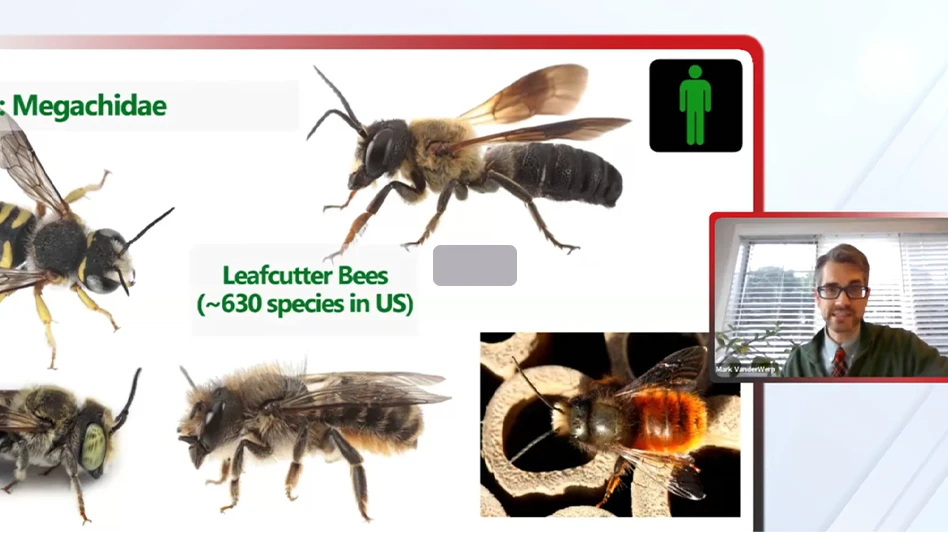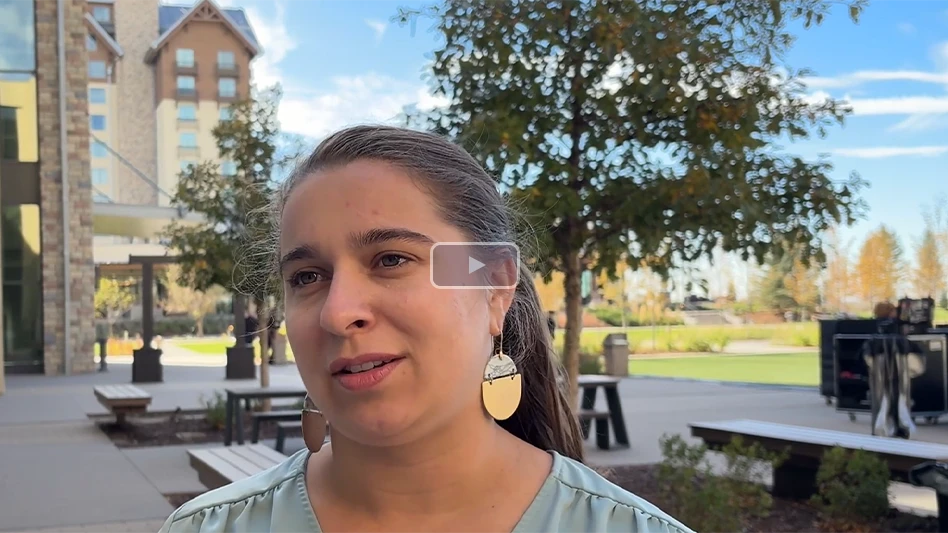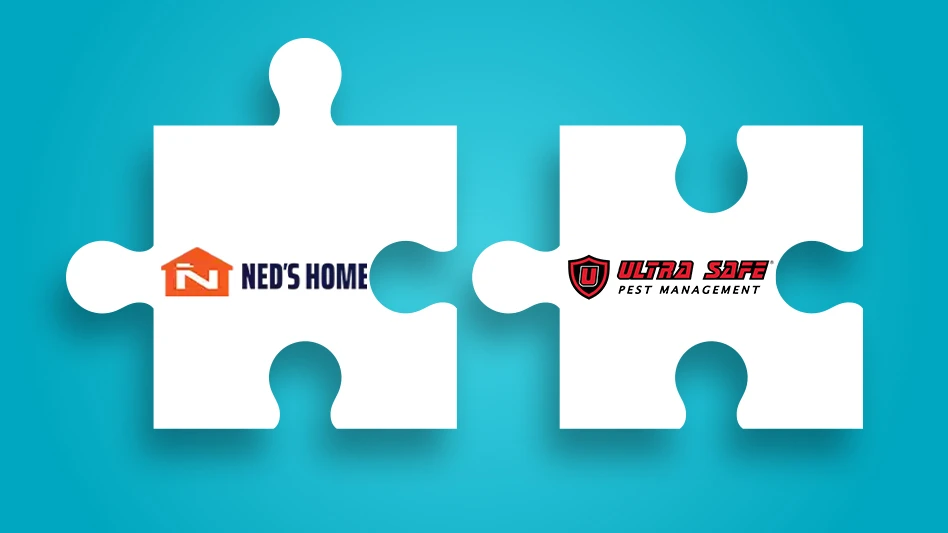There are many different ways to make money in termite control. Besides the traditional approaches of subterranean termite control by treating the soil, termite monitoring and baiting programs, or fumigation for drywood termites, there are other specialty business niches. You can make money on renewals, or specialize in pretreating new construction, either with traditional termiticides or borates. You can control drywood termites through spot treatment. You can also offer various "green" approaches to termite control. Or you can focus on termite inspections.
Termite Inspections. The business of termite control also includes the art and technology of termite inspection. It takes trained, dedicated professionals to inspect properly for termites (and for other wood-destroying insects and other organisms). It is not an easy job; it is demanding and dirty. Termite tubes are often located in the hardest to reach, most uncomfortable corners of a wet crawlspace, or termite galleries are hidden inside a solid-looking sill plate. But good inspections are critical to a company’s success in the business of termite control, and for avoiding insurance claims, regulatory actions, and unhappy customers and their lawyers down the road.
Kinds of Inspections. The two primary functions of a termite inspection are to (1) determine whether termites (and other wood-destroying pests) are actively infesting a structure and (2) develop a treatment plan for an already infested structure. There are a number of reasons you might inspect a home or other building for termites including the following:
- Traditional Termite Inspection. Most commonly you will be inspecting a structure in order to determine whether or not the structure has evidence of termites or other wood-destroying pests. Most companies offer this type of inspection service for free or at minimal cost with the expectation that a certain percentage will result in termite jobs.
- Real Estate Inspection. You may be asked to provide an inspection and a specific, formal and written report when a client wants to know if a home has termites (and sometimes other wood-destroying pests) for a real estate transaction. The potential buyer needs to know before buying the house or other building that it is not infested with termites or any other wood-destroying pests, and whether or not there is damage, past or present. So does the bank or organization lending the money. Termites often go undetected for years by homeowners and property managers, and can cause expensive structural damage, so there is a lot at stake with this type of inspection. However, this part of the termite business has decreased in recent years. It is now often done by home inspection companies, which provide "one-stop shopping" inspections of all sorts for the realtor and the buyer.
- Treatment Plan/Proposal. You may conduct a termite inspection in order to develop a treatment plan and provide an estimate when the owner knows or suspects there are termites. The inspector measures and graphs the structure, identifies the elements of construction involved and potential trouble spots, determines the methods of termite control to be used, calculates the types and amounts of materials and equipment needed, and develops an estimate and/or a proposal. The accuracy of the inspection will influence treatment success and determine whether the company gets the job and makes a profit.
- Reinspection. An annual reinspection is part of many standard termite warranty renewal contracts. From the perspective of both business ethics and the science of pest control, periodic inspections are critical. Annual inspections are a common component of termite monitoring and bait programs. Since there is generally no barrier around the structure, you conduct an annual inspection to ensure that termites haven’t bypassed the monitors and attacked the structure.
WHAT TO LOOK FOR. The main prey, of course, is the termite. But there are a wide range of wood-destroying insects and other organisms (such as fungi) that infest and damage wood in structures, that might need to be considered.
Depending on the purpose of the inspection and on your state’s pest control regulations, you may be responsible for identifying problems with carpenter ants, powderpost beetles, old house borer and other borers, carpenter bees, wood decay fungi, as well as termites. Besides looking for evidence that wood-destroying insects are infesting the structure, the termite inspector also looks for the following:
• Visible evidence of insects such as wings, dead insects, mud tubes, staining, or frass
• Damage from termites and other wood-destroying pests
• Evidence of a possible previous termite treatment
• Conditions conducive to termites and other wood-infesting pests (in certain states only)
In some instances, the inspector may find live termite workers or swarmers (or carpenter bees nesting in window trim, or carpenter ants foraging in a home). At other times, the inspector will find only indirect evidence that a wood-destroying insect is infesting the structure, or perhaps that it had infested the structure sometime in the past but is now gone. Examples of such evidence include termite-damaged wood (determined either visually or by sounding and probing wood), termite mud tubes or wings, powderpost beetle emergence holes, or frass composed of wood particles and debris. In some cases the inspector may be able to track down live insects through further investigation.
If an inspector discovers evidence of an old infestation of termites, it really is not possible to feel confident that the infestation is inactive unless there is evidence of a previous treatment. For this reason, inspectors need to check for evidence of any termite treatment that could have occurred in the past.
An important part of a termite inspection is identifying conditions that favor termite infestations. These are called "conducive conditions." They include such things as direct wood-to-soil contact, plumbing leaks, faulty rain gutters, and improper grade that causes rainwater to pool against the foundation.
Such conditions favor not only termites but other wood-destroying pests, as well. Conducive conditions may or may not be officially reported in writing depending on the purpose of the inspection and state pest control laws and regulations.

Explore the May 2011 Issue
Check out more from this issue and find your next story to read.
Latest from Pest Control Technology
- Winter Insects are Cool
- Nancy Troyano on Pi Chi Omega's Jr. Entomology Program Bringing Applied Science to Youth
- Tick-Killing Fungus Research Underway at Nova Scotia University
- VAGA Hosts 8th Annual Veterans Thanksgiving Appreciation Dinner
- Happy Holidays from PCT Media Group!
- Rentokil Terminix Expanded in Key Markets with 2024 Acquisitions
- In Memoriam: Joe Cavender
- Certus Acquires Green Wave Pest Solutions





